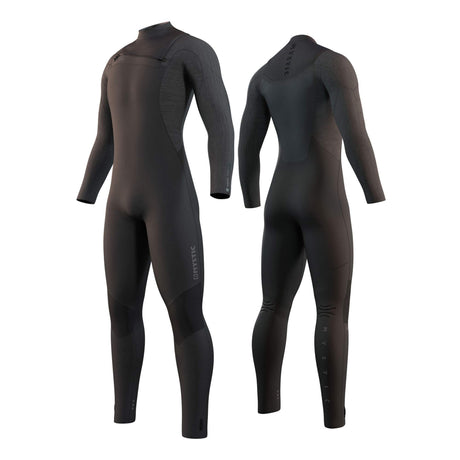The bidirectional kitesurf boards, also known as twin tips, are a popular choice among practitioners of this exciting water sport. Their versatility and ease of handling make them ideal for a wide variety of riding styles, from freeride to freestyle and wave surfing. In this guide, we will explore the key aspects to consider when choosing the perfect twin tip board for you.
Choose the Appropriate Table Program
The first thing you should consider when selecting a twin tip board is the type of riding you are dedicated to or wish to explore. Are you passionate about freeride, enjoying long trips on flat water? Or do you prefer the adrenaline of freestyle, performing jumps and spectacular tricks? Perhaps you are drawn to the excitement of surfing waves with your kite? Identifying your riding style will help you determine what type of board best suits your needs and preferences.

Appropriate Size for Your Height and Weight
The size of the board is a crucial factor that affects both performance and comfort in the water. Your height and weight are important considerations when choosing the right size for your twin tip board. A board that is too large can be difficult to control, while one that is too small can compromise stability and grip.
As a general rule, the rider's height and weight are key determinants for choosing the size of the board. For taller riders, longer boards are recommended, while lighter riders can opt for shorter boards. Check the size reference chart according to the rider's height to find the most suitable option for you.
| Rider Height | Recommended Table Size |
|---|---|
| Less than 140cm | 120-128cm |
| 140-160cm | 128-135cm |
| 160-170cm | 131-138cm |
| 170-180cm | 135-142cm |
| More than 180cm | 138-145cm |
Consider the Bending of the Table
The flex, or stiffness, of the board is another important aspect to consider. A flexible board offers a smoother and more comfortable ride, absorbing the irregularities of the water and reducing rider fatigue. On the other hand, a stiff board provides greater response and pop, ideal for advanced riders looking for maximum performance in tricks and jumps.
Evaluate the Rocker of the Table
The rocker, or curvature, of the board also plays a crucial role in its performance. A flat rocker provides stability and speed in flat waters, while a high rocker facilitates powerful jumps and smooth landings in strong wind conditions. A medium rocker offers a balance between stability and maneuverability, making it ideal for wave riding and variable conditions.

Construction and Materials
The construction and materials of the board can significantly affect its weight, durability, and performance. High-end boards are often made with lightweight and durable materials, such as paulownia wood and carbon, which offer an optimal combination of stiffness and flexibility. Consider your preferences and budget when choosing between different construction options.
Channels and Other Design Details
In addition to the aspects mentioned above, you can also consider additional features such as the channels at the tips of the board, which provide extra grip and stability in turns. Other design details, such as interchangeable fin systems or grind bases for sliders, can influence your final choice based on your riding style and personal preferences.


